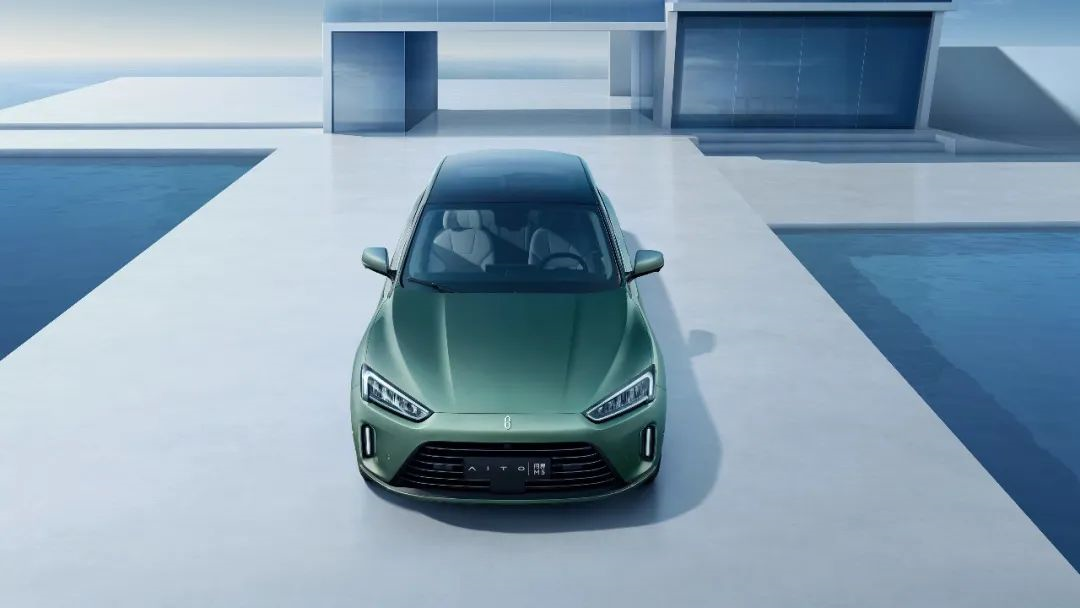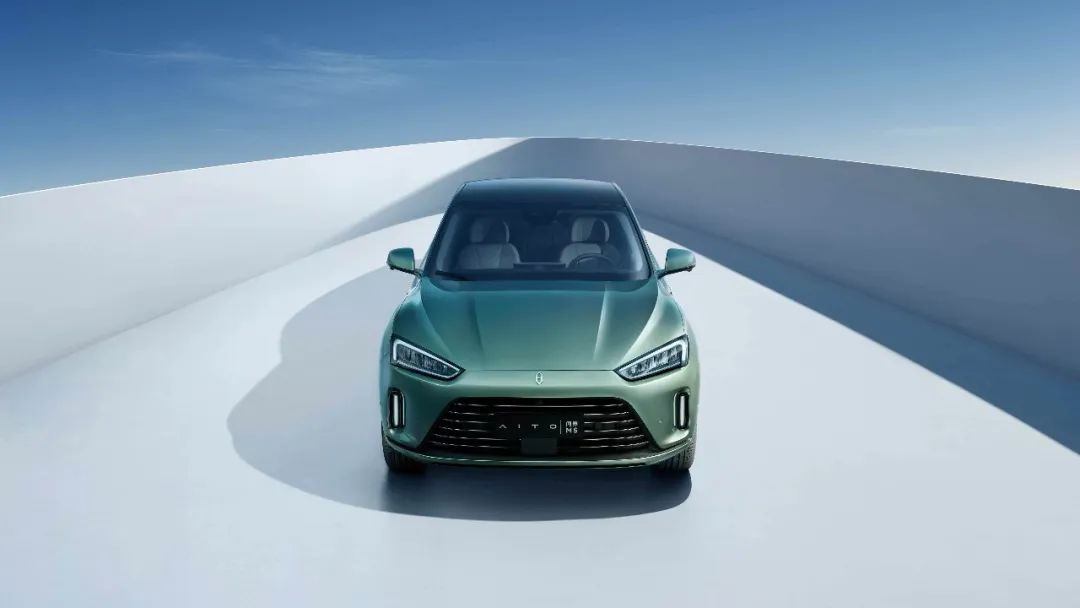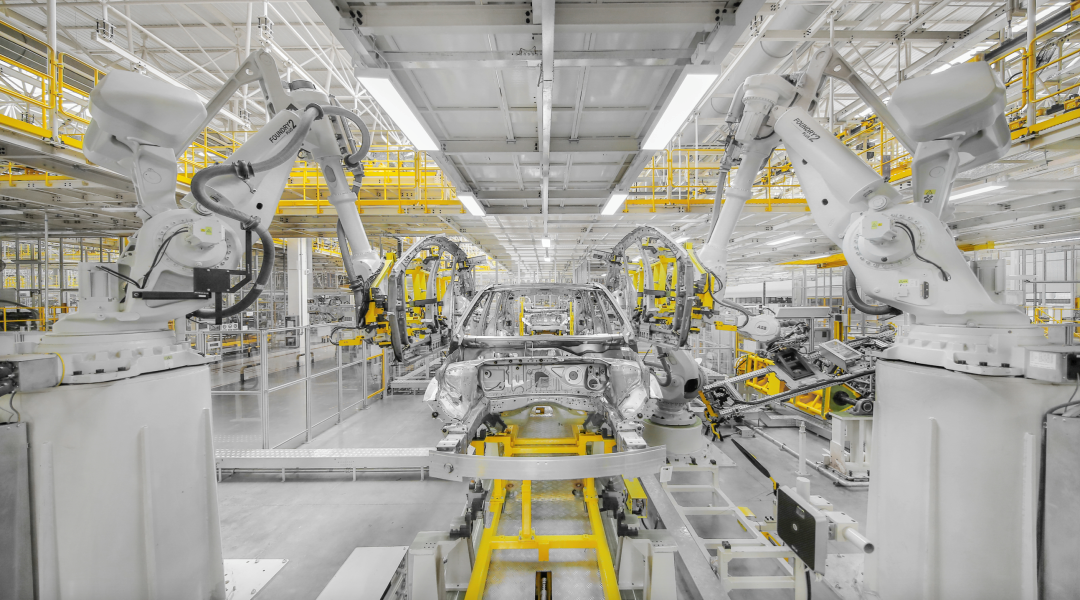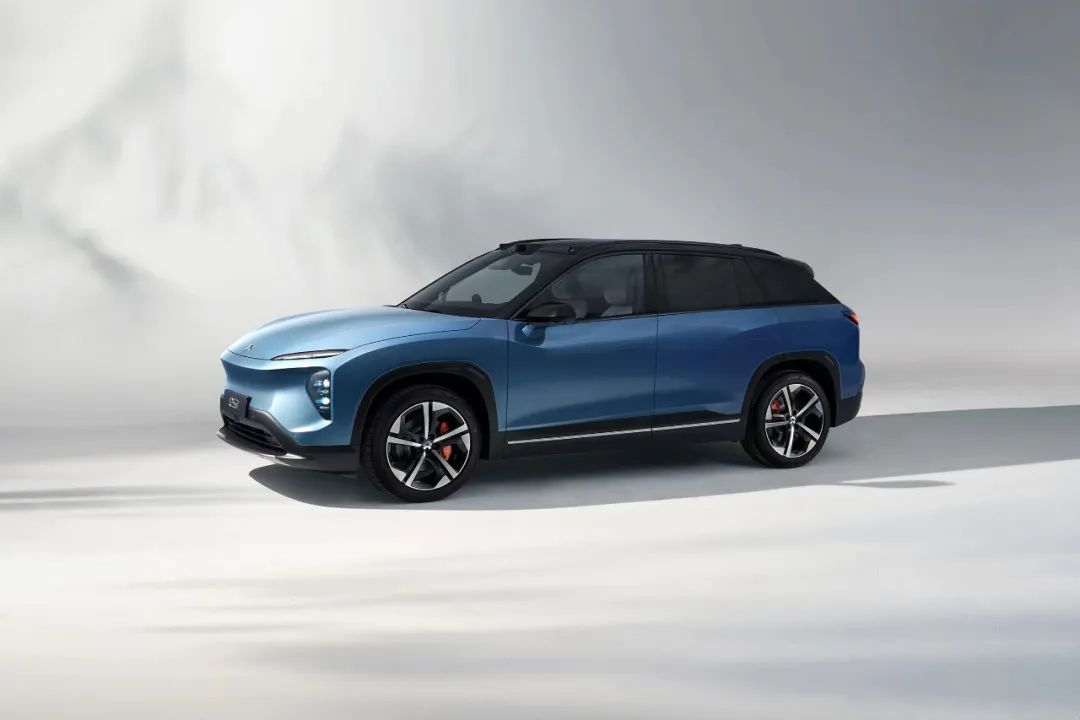Author: 大眼
Tesla has lowered prices twice within three months, especially after the most recent adjustment, the entry price of its Model Y dropped to RMB 259,900, which has caused a significant stir in China’s EV market.
In response to this, WmAuto, who has a deep partnership with Huawei, has fired the first shot with its own price cuts.
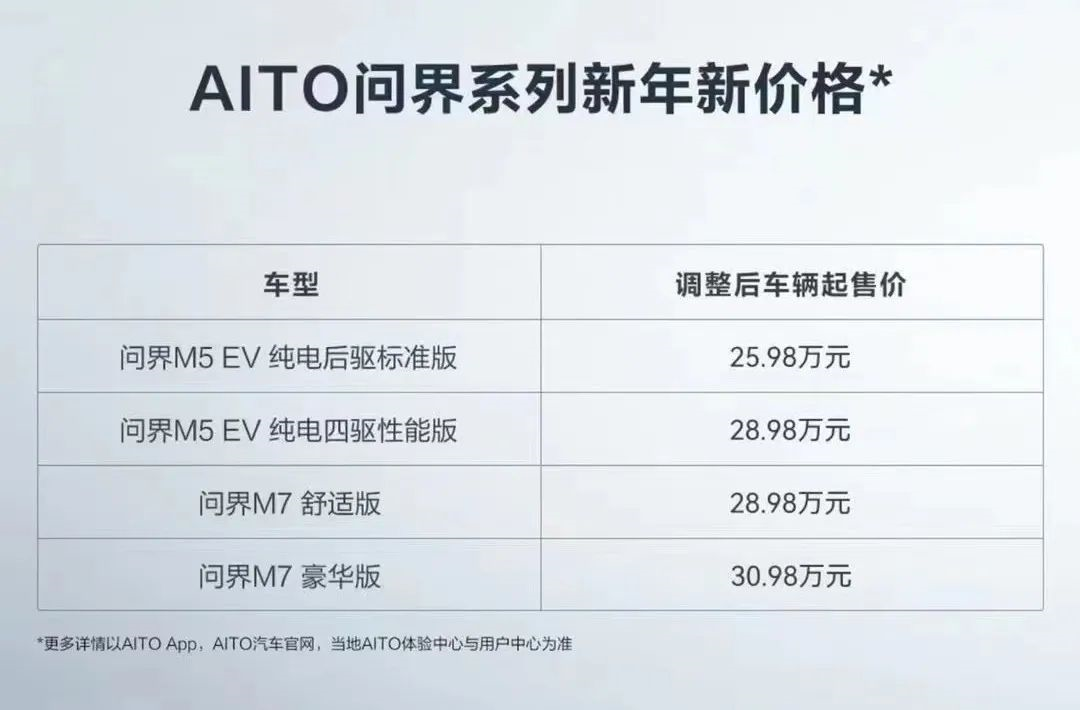
On January 13, WmAuto announced a price cut:
The adjusted price of M5 EV is RMB 259,800, and that of M7 is RMB 289,800. The price reduction ranges from RMB 28,800 to RMB 30,000 for all models.
Considering that WmAuto’s brand did not correspondingly increase its prices after the national new energy vehicle subsidy exit, the actual price reduction is not low.
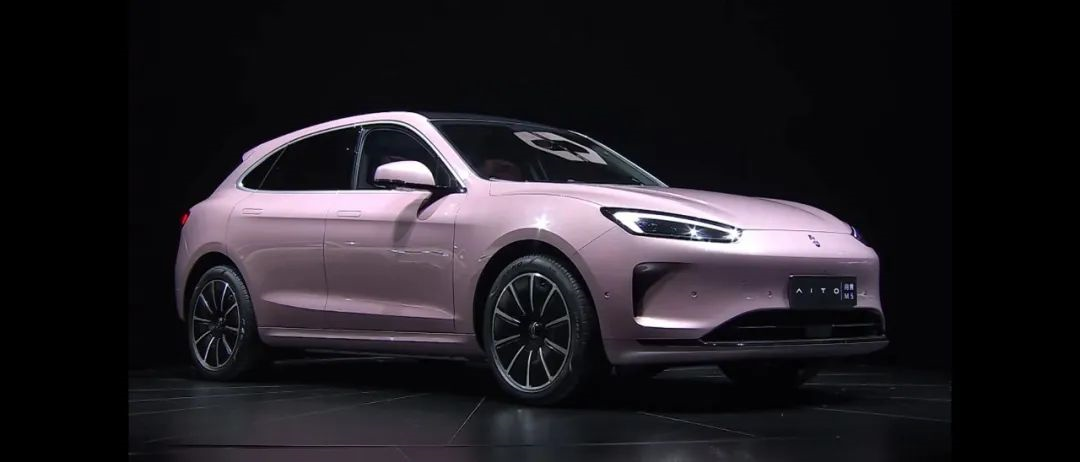
Taking M5 EV as an example, coupled with a subsidy of RMB 12,600 for electric vehicles, the actual price reduction is equivalent to RMB 42,000. However, WmAuto’s extended-range models are not within the scope of this price reduction. Therefore, WmAuto’s price adjustment is undoubtedly targeting Tesla.
WmAuto’s price cut is not unexpected. Last year, there were news reports of giveaways of insurance, optional equipment, and clearance promotions in some regions. This time, following Tesla’s price cut, WmAuto AITO immediately followed suit, making the prospects for China’s EV market in 2023 even more uncertain.
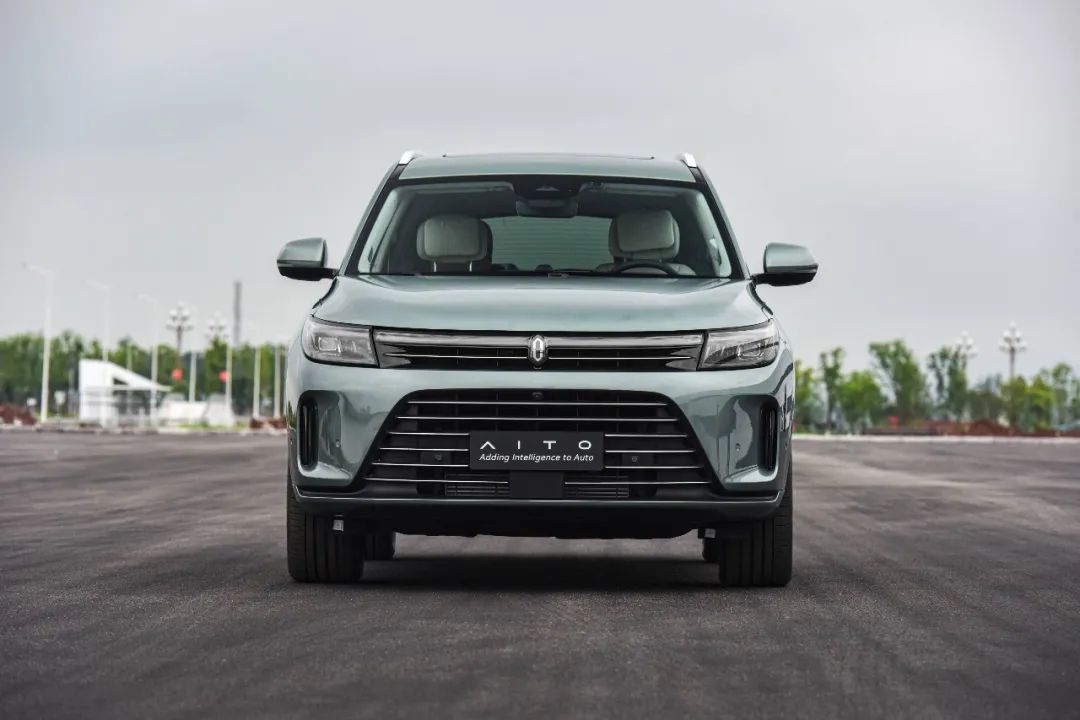
It is possible that keeping up with the price cuts of Tesla and WmAuto AITO may make marketing executives of car companies feel less satisfied during the Chinese New Year holiday:
- On the one hand, they need to seize the time to conduct market research and analyze the effects of Tesla’s and WmAuto’s price cuts.- On the other hand, conducting internal cost calculations and assessing the bargaining chips of reducing prices is not an easy task and must be prepared immediately.
Protecting the rights and interests of old customers becomes the biggest highlight of Wanjie brand.
The best thing about Wanjie’s price reduction this time is that it has considered the rights and interests of old customers.
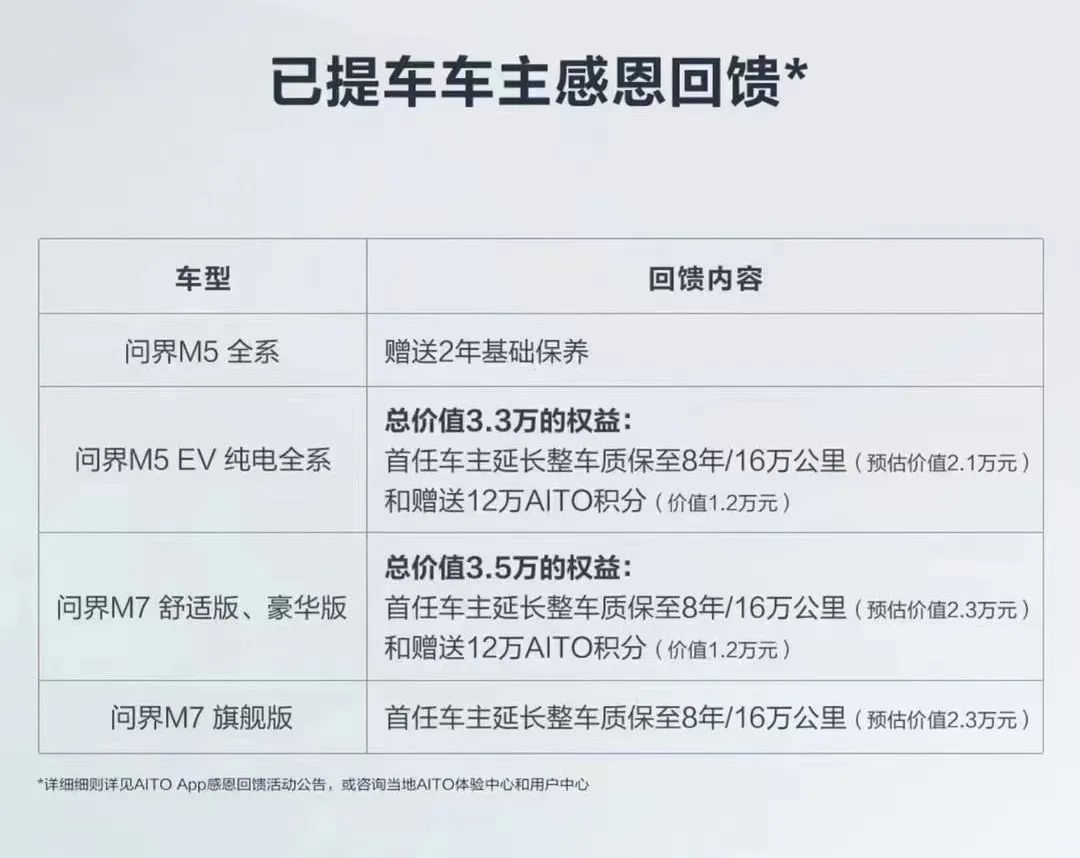
New car price reduction not only hurts the hearts of old customers who have just purchased their cars, but also directly affects the price of used cars. At this time, if no attention is paid to old customers, it will inevitably cause many contradictions and would also affect some new customers’ car purchase decisions.
The recent highly publicized Tesla owner’s rights protection event on the internet is the best example.
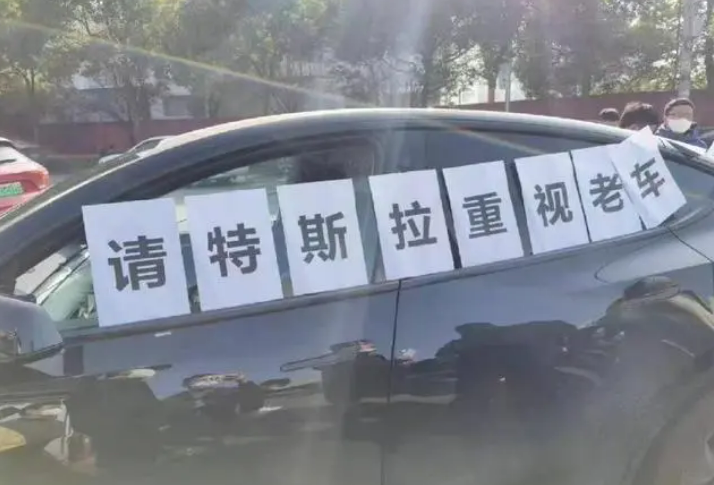
Especially for owners who have purchased Tesla models recently, even if they have not participated in rights protection, they will inevitably complain about the current situation. After all, it is not easy to make money in 2022. Whose money is not hard-earned money?
Although Tesla’s stock price has fallen a lot in the past year, the company’s operating situation is not bad, and it is not a big deal for financially strong Tesla to take out some subsidies for old customers.
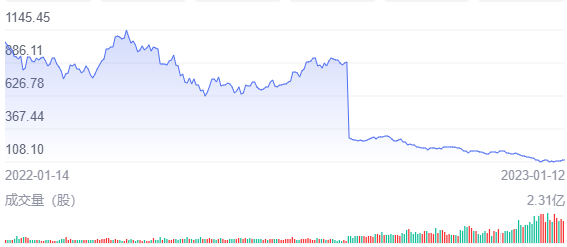
However, many things often depend on an attitude. In this regard, Wanjie brand is indeed more kind-hearted than Tesla.
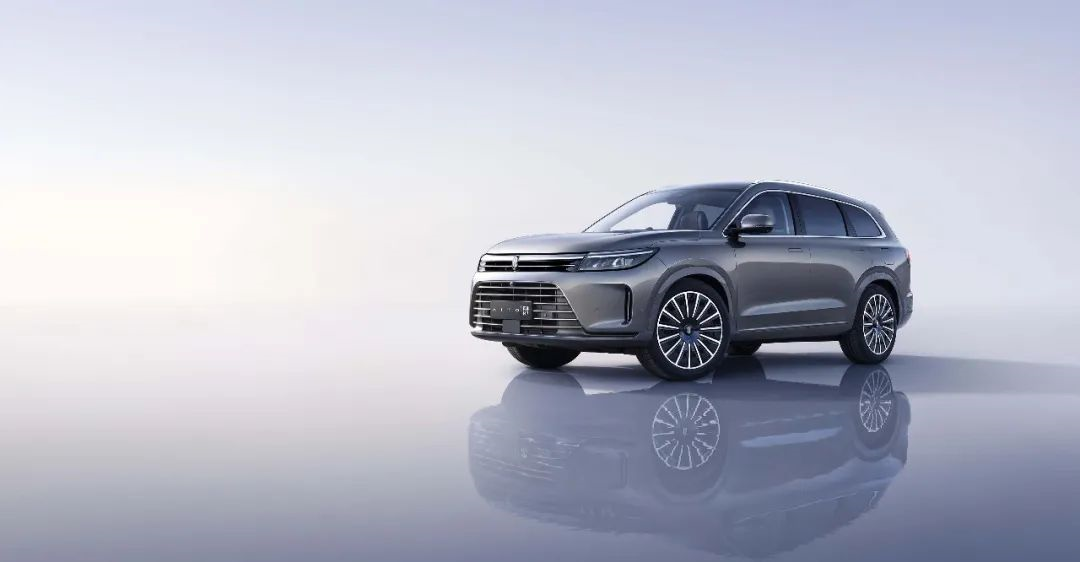
Wanjie provides benefits worth 33,000 to 35,000 yuan for the first owners of Wanjie M5 EV and Wanjie M7:
It includes extending the vehicle warranty to 8 years/160,000 kilometers worth 21,000-23,000 yuan and 120,000 AITO points.
These points can be used to purchase Huawei products and peripherals in the AITO mall, and the points themselves are not of low value.
In addition, owners of WM Motor’s EX5, whether they are EV or range-extended, can enjoy 2 years of basic maintenance, which makes range-extended owners feel a wave of Chinese New Year happiness, with everyone happy.
The Importance of Cost Control Within the Company Is Increasingly Prominent.
In most car companies, there is a cost analysis and control department that works together with different functional teams.
Through dissecting cars and paying attention to related public financial data, etc., under the circumstance that the price of the whole car is constrained by competitors, analyzing the high or low cost of own car models and seeking strategies to reduce costs will directly improve the company’s profitability.
However, reducing costs is a system work, often pulling the whole body when pulling one hair.
Car companies cannot simply squeeze suppliers to reduce costs. Because each supplier also has its own management index. Once its profitability is under pressure, it will affect the quality of the supplied components, which will bring more potential quality problems to the whole vehicle enterprises, but it will not be worth the loss.
Finding local or lower-cost suppliers is a practice that many car companies, especially foreign ones, have used in the past.
But the replacement of parts suppliers requires a whole set of test and certification processes to ensure that most potential problems can be discovered through the early test process, and there are also certain risks.
Moreover, as market prices become increasingly transparent, the space for cost reduction through changing suppliers is getting lower and lower.
Unlike many domestic car companies with low gross margins, Tesla’s single-car gross margin is around 30%. Tesla’s low cost is not only due to strict control of the cost of parts suppliers, but also through a lot of innovation to structurally reduce costs.
The deployment of the integrated die casting technology that we are familiar with not only greatly reduces the complexity of the body system, but also significantly reduces the operating cost in the stamping workshop/body workshop.
At the same time, whole vehicle companies can upgrade their own whole vehicle electrical architecture and replace the controllers originally scattered across each electronic control system with body domain controllers/domain controllers with stronger performance and computing power.
This can achieve multiple benefits:
Not only can it reduce the number of controllers and the complexity of the overall vehicle electrical system, but it can also better utilize the computing power of each controller, making it more cost-competitive.
Although these innovations may not be strongly perceived by consumers, they do help automakers substantially reduce costs. This combination of small innovations makes Tesla highly competitive in cost control, which is worth domestic automakers learning from.
If they are unable to learn well, it will mean that their disadvantages in terms of cost performance compared to Tesla will become increasingly evident in the future.
The test for new forces has just begun
Facing the pressure from Tesla, new energy vehicle companies may still be able to hold their own. Because Tesla’s models are limited and the target group is relatively limited. However, the significant price reduction of the WENJIE brand will make many car companies unable to sit still.
Because the price reduction of the WENJIE brand may directly impact many brands with similar positioning. Many new energy vehicle brands may currently be in a dilemma.>On the one hand, new energy vehicle companies need to invest heavily in areas such as factories, supply chains, marketing, and brand promotion, in addition to developing models and many core forward-looking technologies in the early stages. Even if some new energy vehicle companies have a positive gross profit margin, it is still a long way to go to turn the overall loss situation around. That is to say, it is an indisputable fact that many new energy vehicle companies do not have too many chips to reduce prices.
>
On the other hand, the brand appeal of many new energy vehicle companies may not be as strong as Tesla’s.
Although frequent price reductions by Tesla may cause some consumers to worry that Tesla will continue to reduce prices in the future, there are still many fans of Elon Musk in China. Proper price reductions can stimulate certain purchasing power in the short term.
However, the brand appeal of many new energy vehicles in China is not as strong as that of Tesla. If frequent price reductions are implemented, it may not only fail to generate purchasing power, but instead may cause car owners who originally planned to buy to turn to a wait-and-see mentality.
Therefore, we can see that the discount rate of the luxury car industry is not small this time, but companies like NIO have already declared they will not participate.
This year, how car companies price their products and whether they will lower prices will become a difficult problem to solve.
After this price reduction, Tesla still has a lot of room for further reductions, and Tesla’s low-cost car Model Q priced at $25,000 is also about to be released.
For domestic car companies, especially new energy vehicle companies, it is not feasible to simply follow Tesla’s price reductions or listen and do nothing.
Only by choosing the most suitable strategy for themselves, letting users truly recognize their value, and creating competitiveness that cannot be replicated in a certain field, can they ensure that they can stand firm in the fierce market competition.
For car companies without their own core competitiveness, they will inevitably fall in the face of Tesla’s repeated price wars, whether they will follow or not, the road ahead will become narrower and narrower.
This article is a translation by ChatGPT of a Chinese report from 42HOW. If you have any questions about it, please email bd@42how.com.
